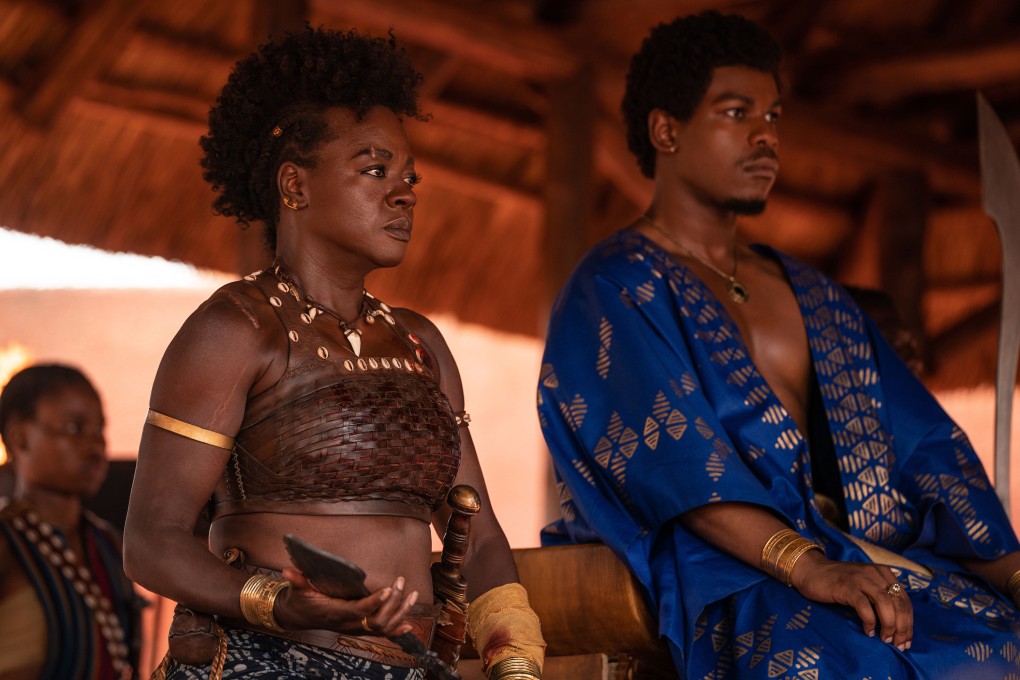My Take | Hollywood smash transforms slave traders into liberators
- Instead of revisiting the African slave trade, ‘The Woman King’ turns history upside down just so athletic black women can beat up men

I love a sword-and-sandal epic as much as the next person. The gorier and grosser, the better. But the history buff in me often gets in the way of my pure enjoyment of gratuitous violence. Sure, a bit of historical falsification never hurts anyone, especially if it’s in the service of artistic licence to bring out a higher truth. Hey, it’s Hollywood!
Still there ought to be a limit to the fictionalisation of historical events such as turning totalitarian Spartans into freedom fighters. 300, anyone? Or portraying slave traders as liberators, as in the current blockbuster The Woman King. That’s just too much.
(By the way, just so you know because I have checked: the Dana Stevens who was among the first film critics to trash 300 when it first came out is not the same Dana Stevens who wrote the script for The Woman King. Otherwise, that would have been a really good talking point for me!)
In 300, you have buff white men blowing away the enemies of freedom. In The Woman King, you have buff black women blowing away slave traders. Apparently, the kingdom of Dahomey really had an all-female warrior class.
I can’t say I know much about Dahomey, which is modern-day Benin other than from the few pages devoted to it by Martin Meredith in his excellent The State of Africa: A History of Fifty Years of Independence.
Commenting on the 1960s political landscape, Meredith wrote: “None of the coups in Dahomey, the Central African Republic and Upper Volta attracted much attention. All were desperately poor countries, dependent on French subsidies for survival.
“Dahomey seemed to be encumbered with every imaginable difficulty: it was crowded, insolvent, beset by tribal divisions, huge debts, mass unemployment, frequent strikes and unending struggles for power among corrupt politicians.”
